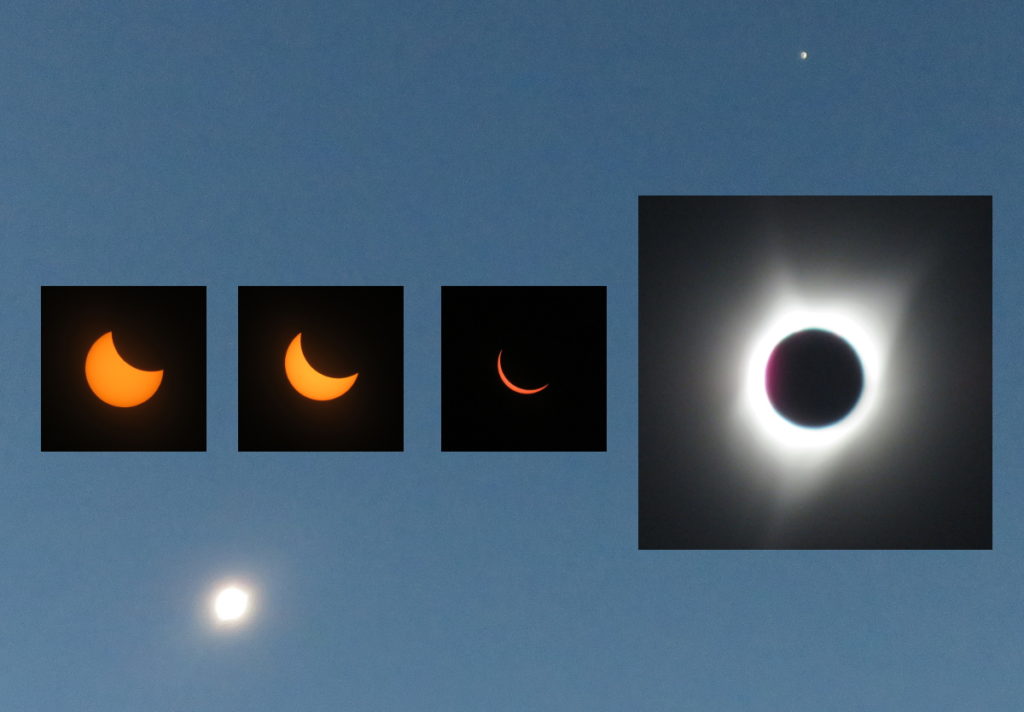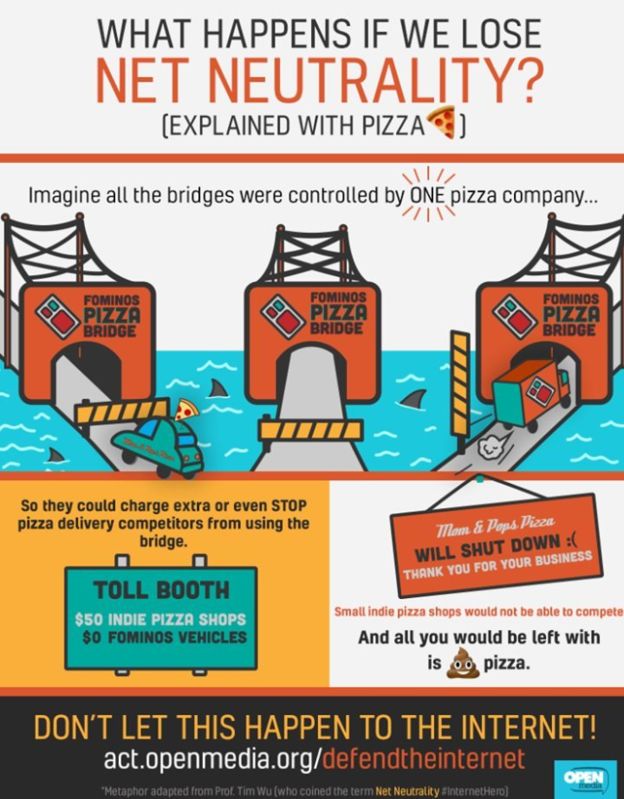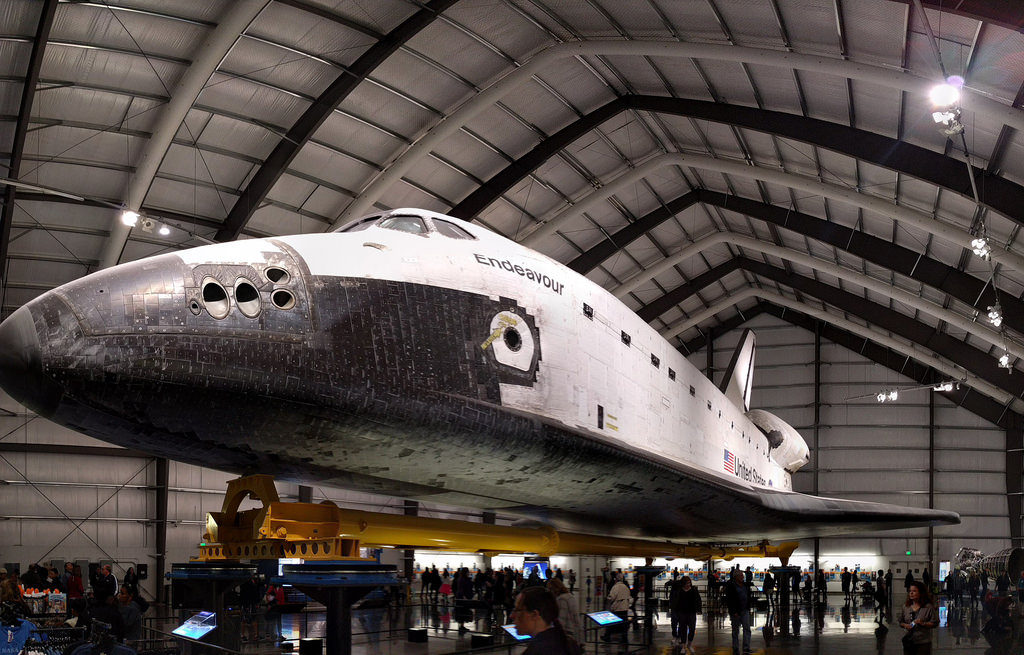This blog has been around 15 years. Social media has mostly moved on, to silos like Facebook and Twitter. People don’t follow random personal blogs. Topic-focused sites are what people actually read, and even that mainly following links from silos.
Meanwhile there are so many major things going on that make the things I post about here — comics, fandom, photos of things I found interesting, random tech thoughts — seem trivial.
So why keep a blog going? And why write about trivialities, and not big things like the battles over civil rights, healthcare, environmental protections, war?
As for the first: Some of it is stubbornness. And some of it is wanting to keep part of my writing/photo presence somewhere “permanent” (to the extent that anything online is).
As for the second: I’ve never really liked talking news and politics online. I rarely feel like I can add anything that hasn’t already been said (probably better) by someone else. Also, online conversation has gotten way too toxic. On the other hand, while the little things may be trivial, they add up. They add up to your life. It feels like I might actually have something to say that’s not already been said a thousand times by people more familiar with the issue than I am.
Plus it’s a way to assert some normality in a world that feels decidedly abnormal.
I’m not likely to come up with anything super-profound on the most important topics, but I can make short statements, and I can amplify other voices. And I’m trying to come to grips with the fact that that’s important. I’ve been reading a lot more and posting a lot less over the past year or so, but even if I can’t say anything profound, I shouldn’t stay silent.
So I’ve been microblogging, and linking, and reposting — all things that are better suited for a service that’s built around those use cases. When I have something longer to say, I do try to pull it in here, because a blog post is better than a Twitter thread… But I think more people probably see my retweets than my blog posts, anyway.


